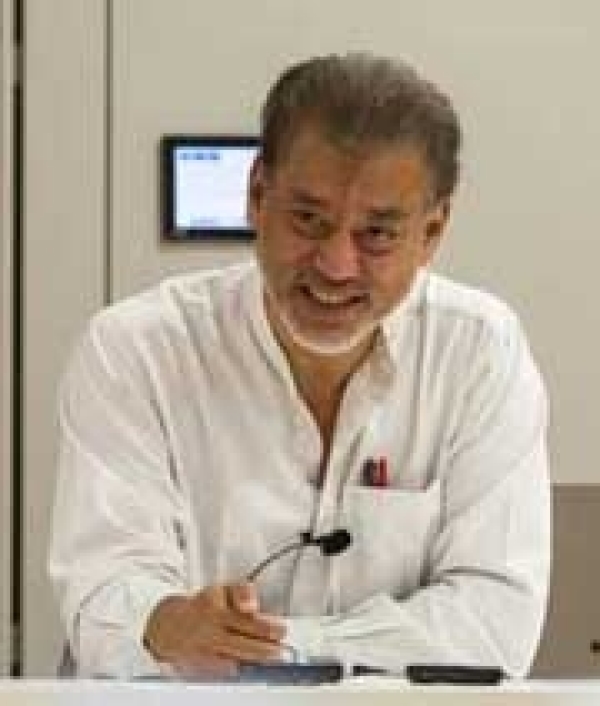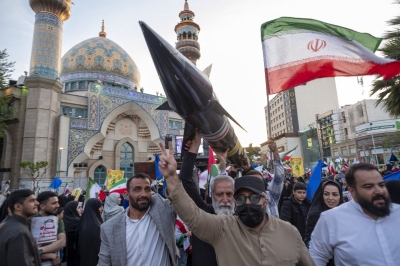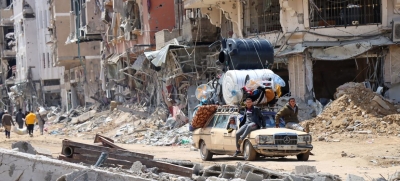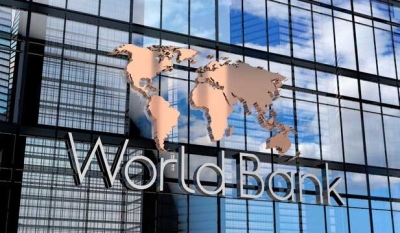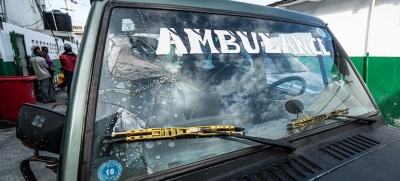KUALA LUMPUR, Malaysia, Jan 31 (IPS) — Contractionary economic trends since 2008 and ‘geopolitical’ conflicts subverting international cooperation have worsened world conditions, especially in the poorest countries, mainly in Africa, leaving their poor worse off.
Deepening stagnation Following tepid growth after the 2008 global financial crisis, Covid-19 disrupted supply chains worldwide. Then, post-pandemic recovery was disrupted by wars in Ukraine and then Gaza.
Food and energy prices soared briefly, largely due to market manipulation by opportunistic investors. Invoking the price hikes as a pretext, the US Fed and European Central Bank raised interest rates, deepening economic stagnation worldwide.
Countries which borrowed heavily during the earlier decade of unconventional monetary policies – especially ‘quantitative easing’, offering easy credit – now have to cope with increasingly unbearable debt burdens, particularly in the global South.
Earlier modest progress in reducing poverty – now termed ‘extreme poverty’ – and food insecurity has slowed sharply, if not worse. For many of the world’s poorest, progress has not only stopped but even been reversed.
The World Bank currently defines the poor as those with daily per capita incomes under US$2.15 in 2017 prices. It estimated those deemed poor fell from 1.87bn – 31% of the world’s population – in 1998 to a forecast of 690mn (9%) in 2023.
The rate of decline of poverty has slowed sharply: global poverty is forecast to fall by a little over three percentage points during 2013-23 – very much less than the 14 percentage points in the decade before 2013.
Poorest mainly in poor countries The pace of poverty decline has slowed most in the world’s poorest nations. Wolf defines these countries as those deemed eligible for concessional loans from the World Bank Group’s soft-lending arm, the International Development Association (IDA).
Seventy-five countries are now considered eligible for IDA resources, including 39 in Africa. Some – e.g., Bangladesh, Nigeria and Pakistan – can also borrow on costlier terms from financial markets and the Group’s International Bank for Reconstruction and Development.
In IDA-eligible countries, those in extreme poverty fell from 48% in 1998 to 26% in 2023. But this only involved a single percentage point decline over 2013-23, compared to 14 percentage points in the decade before.
Extreme poverty has mainly declined in better-off middle-income countries, with 497 million poor in IDA-eligible countries. With 72% of the world’s total of 691 million poor in IDA-eligible nations, the remaining 193 million were in other countries.
The population share in extreme poverty in countries not IDA-eligible fell from a fifth in 1998 to 3% in 2023, falling by only four percentage points during 2013-23. Expecting modest overall growth, Wolf expects this 3% share will be largely eliminated by 2030.
Hence, he argues that extreme poverty can only end if attention and resources are focused on the world’s poorest countries, where poverty is most concentrated and deeply entrenched.
Unequal debt burdens Government debt is widespread, but especially debilitating in countries where the poor are most concentrated. The World Bank’s last International Debt Report notes such countries depend too much on unreliable and expensive funding.
The report acknowledges, “For the poorest countries, debt has become a nearly paralysing burden: 28 countries eligible to borrow from are now at high risk of debt distress. Eleven are in distress.”
During 2012-21, the external debt share of IDA-eligible countries owed to private creditors jumped from 11.2% to 28.0%! Their debt service payments more than tripled from $26bn in 2012 to $89bn in 2022, as interest due jumped from $6.4bn to $23.6bn!
Meanwhile, the share of bondholders and other private lenders in total government debt fell from 37% in 2021 to 14% in 2022! As the US Fed raised interest rates sharply during 2022-23, investors dumped ‘high-risk’ poor borrowers, lending much less to those in most need.
With this ‘perfect storm’, debt distress should come as no surprise. The 2023 International Debt Report found 56% – over half – of IDA-eligible countries at risk of such distress.
Distress of the poorest Wolf argues it is in rich nations’ interest and their obligation to provide poor countries with far more concessional finance. But such funding has actually declined in recent decades, especially with the end of the first Cold War over three decades ago.
The IDA is using its 20th replenishment for July 2022 to June 2025 to provide financing on concessional terms. The World Bank president has argued for a much bigger new replenishment ostensibly to accelerate growth, reduce poverty and address other challenges in the poorest countries.
IDA-eligible countries include many of the world’s worst-managed nations, often very fragile, vulnerable to shocks, and stuck in “hard to escape” poverty. But their problems have become pretexts to withhold or withdraw concessional finance from those most in need.
Much more concessional finance and other resources are needed for poor nations to develop sustainably. But reducing sustainable development to simply eliminating poverty, nowadays with climate action, will condemn the poorest developing countries to backwardness.
World financial arrangements have been crucial in undermining fair, sustainable development in poor countries. While it will be critical to enable these nations to overcome their current and imminent predicaments, far more fundamental reforms must quickly follow.
As the poorest developing countries are both weak and vulnerable, needed reforms are nowhere on the horizon. Instead, the ‘international community’ continues to kick the can down the road instead of undertaking bold reforms for the short and medium term.
IPS UN Bureau

